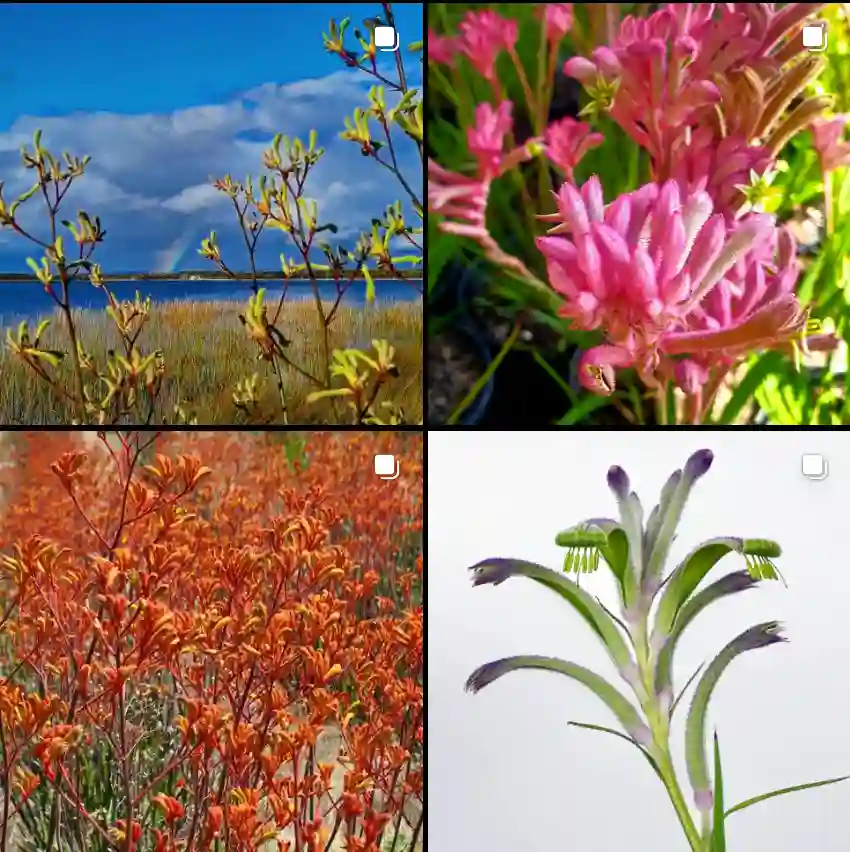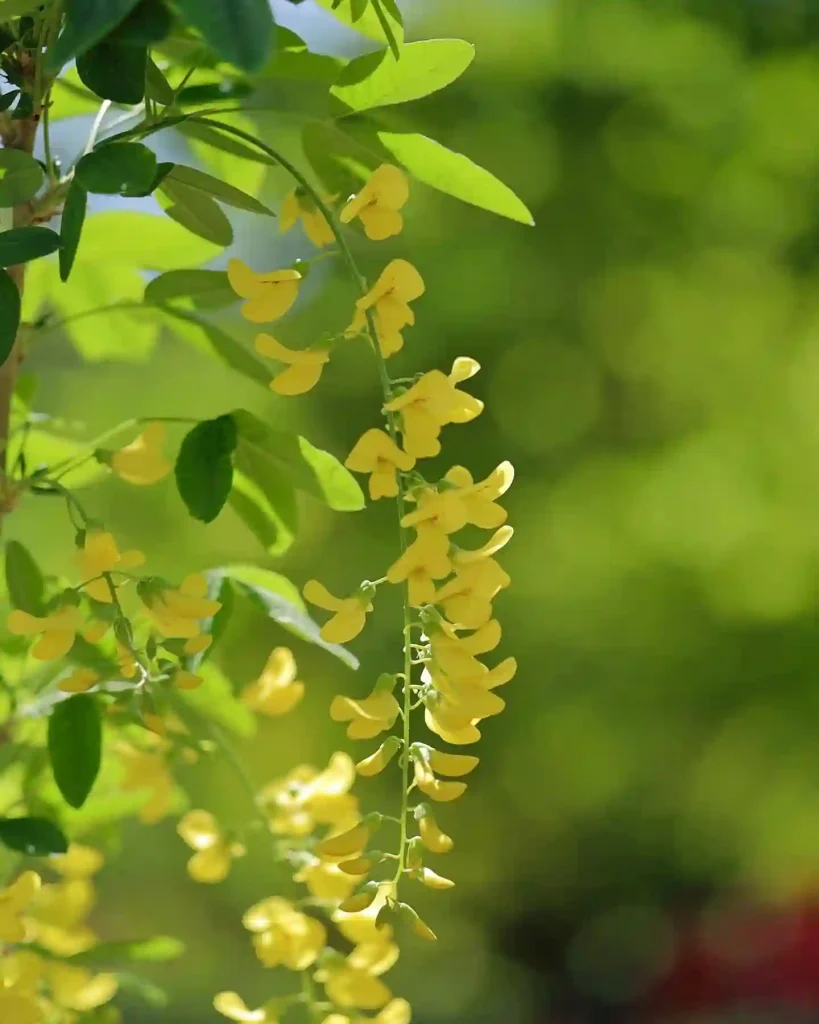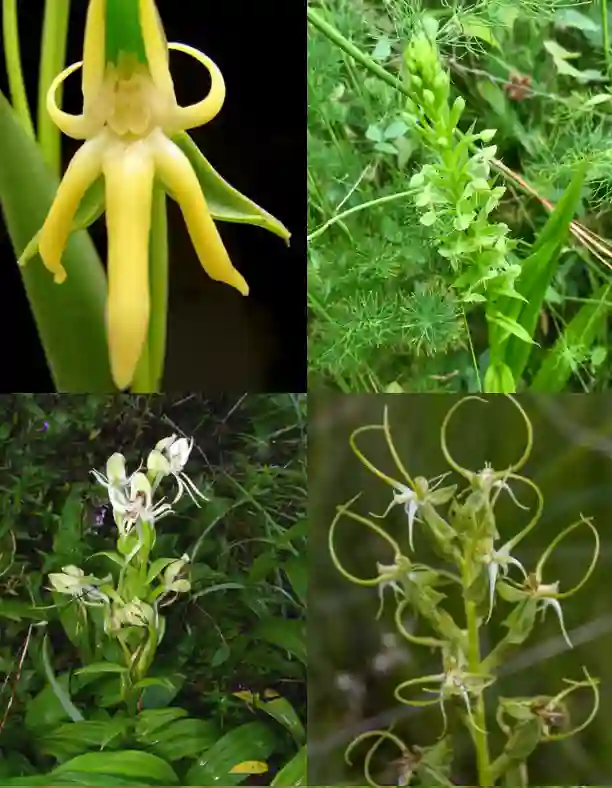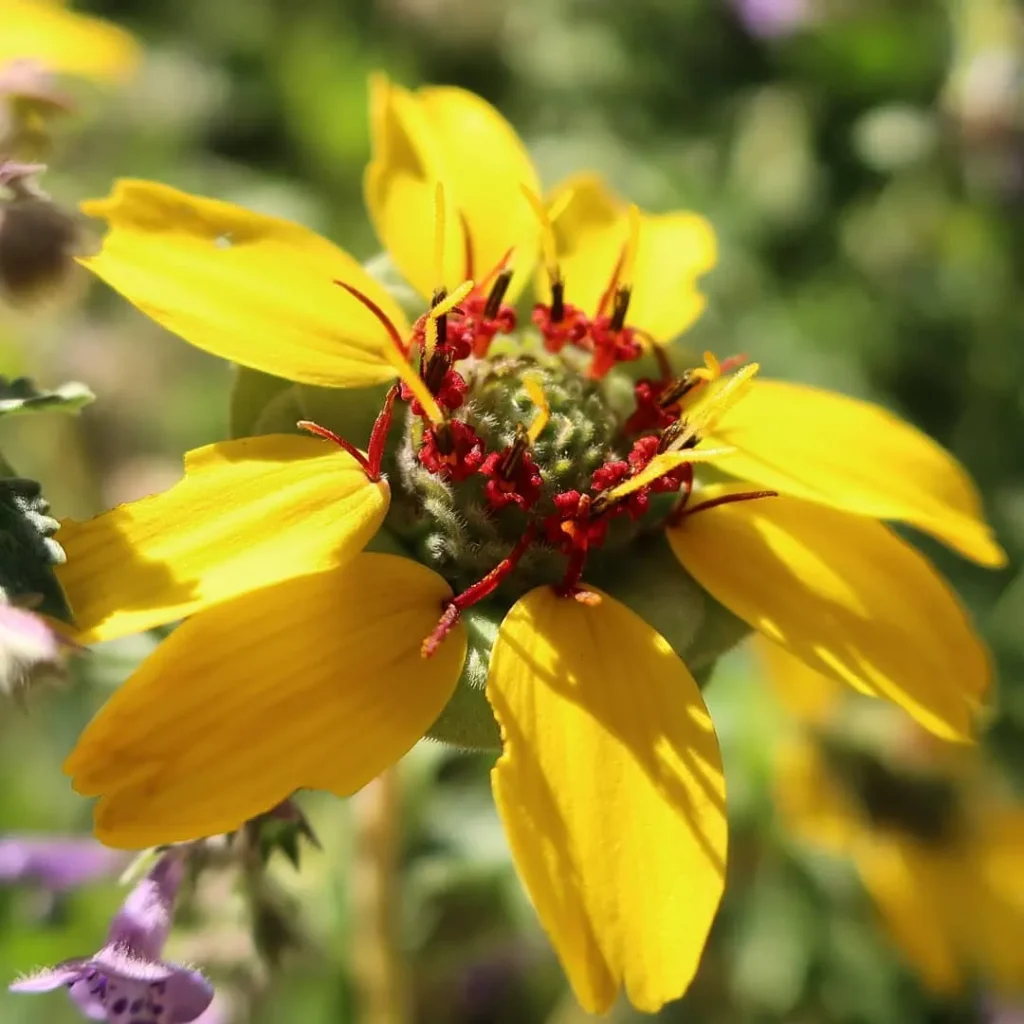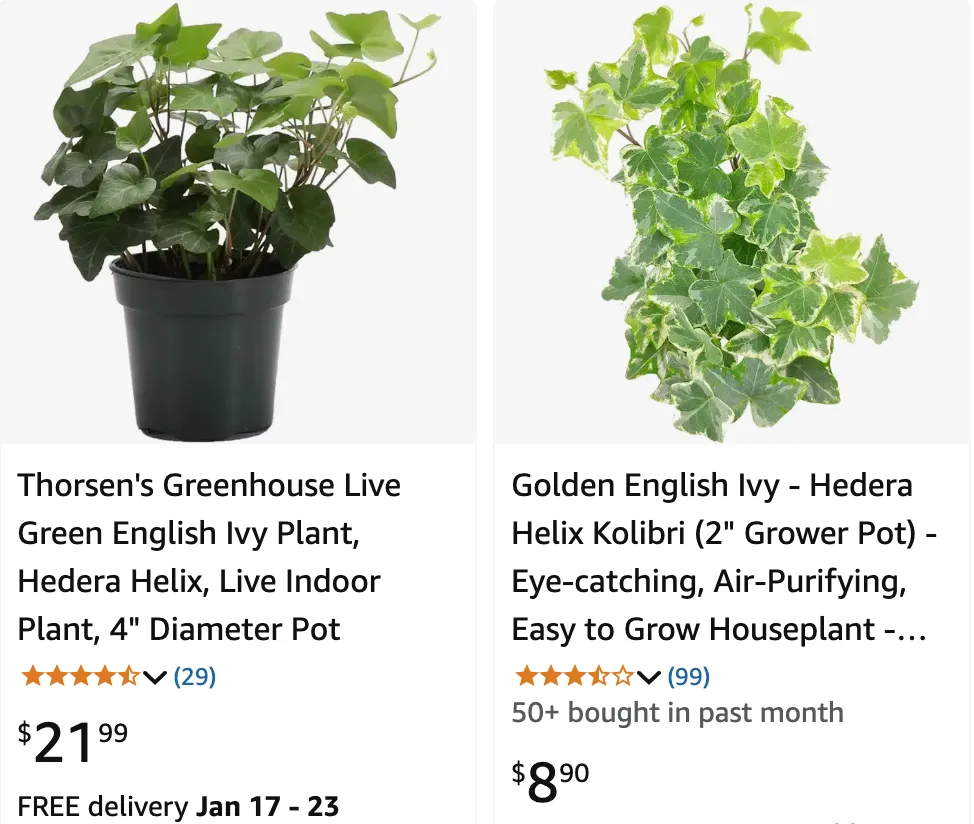
21 Species in Genus Hedera
What is Hedera Helix?
Hedera Helix, commonly known as English Ivy, is a fast-growing evergreen vine. Native to Europe and Western Asia, it is well-known for its ability to climb walls, trellises, and fences, or serve as a ground cover. Its lush, dark green foliage often features lighter veins, making it an attractive choice for both indoor and outdoor spaces.
How fast does Hedera Helix grow?
Hedera Helix grows quickly under the right conditions. Outdoors, it can grow 6-9 feet annually, especially in moderate climates with adequate moisture and partial to full shade. Indoors, growth is slower, but it can still extend by a few feet each year if properly cared for.
How often should I water Hedera Helix?
Hedera Helix prefers evenly moist soil, but it doesn’t tolerate waterlogged conditions. Water it when the top inch of soil feels dry to the touch. In summer, this might mean watering once or twice a week, while in winter, it may require less frequent watering.
How to care for Hedera Helix?
To care for Hedera Helix, provide it with bright, indirect light or partial shade, as direct sunlight can scorch its leaves. Use well-draining soil and water moderately. Fertilize once a month during the growing season with a balanced liquid fertilizer. Prune regularly to control growth and maintain its shape. Also, ensure good air circulation to prevent pests like spider mites.
How to propagate Hedera Helix?
Propagating Hedera Helix is straightforward. Cut a 4-6 inch section of healthy vine with at least two sets of leaves. Remove the lower leaves and place the cut end in water or moist soil. If propagating in water, transfer it to soil once roots are 1-2 inches long. Keep the soil moist and provide indirect light until the new plant is established.
Is Hedera Helix a good indoor plant?
Yes, Hedera Helix makes an excellent indoor plant. It’s versatile and thrives in hanging baskets, containers, or as a climbing plant with support. Additionally, it’s known for its air-purifying qualities, making it a popular choice for improving indoor air quality.
Is Hedera Helix poisonous?
Yes, Hedera Helix is considered toxic. Its leaves and berries contain saponins, which can cause gastrointestinal distress if ingested. It may also irritate the skin in some individuals. Keep it out of reach of pets and children.
What is Hedera Helix used for?
Hedera Helix is used for various purposes. It’s commonly grown as an ornamental plant to cover walls, fences, and ground. It’s also valued for its air-purifying properties indoors. In traditional medicine, it has been used for its potential anti-inflammatory and respiratory benefits, though consultation with a healthcare provider is recommended before use.
What to plant with Hedera Helix?
Hedera Helix pairs well with shade-loving plants like ferns, hostas, and caladiums. For ground cover, it complements flowering plants such as impatiens or begonias. If planted vertically, consider combining it with climbing roses or clematis for a layered effect.
Can you grow Hedera Helix indoors?
Yes, Hedera Helix can be grown indoors. It prefers bright, indirect light but can tolerate lower light conditions. Regular watering, pruning, and occasional misting will keep it thriving. Ensure the pot has proper drainage to avoid root rot.
What are the benefits of Hedera Helix?
Hedera Helix offers numerous benefits, including its ability to reduce airborne mold, purify air, and provide greenery in low-light conditions. Outdoors, it prevents soil erosion and adds aesthetic value to landscapes.
What are common problems with Hedera Helix?
Common problems with Hedera Helix include pest infestations like spider mites and aphids, fungal diseases like leaf spot, and overwatering, which can lead to root rot. Ensure proper care to minimize these issues.
How does Hedera Helix compare to Hedera Hibernica?
Hedera Helix and Hedera Hibernica (Irish Ivy) are similar but differ in subtle ways. Hedera Hibernica typically has larger leaves and grows faster than Hedera Helix. It’s also more tolerant of harsh conditions. Hedera Helix, however, is more commonly used as an indoor plant due to its manageable growth and decorative appeal.
If i die, water my plants!
